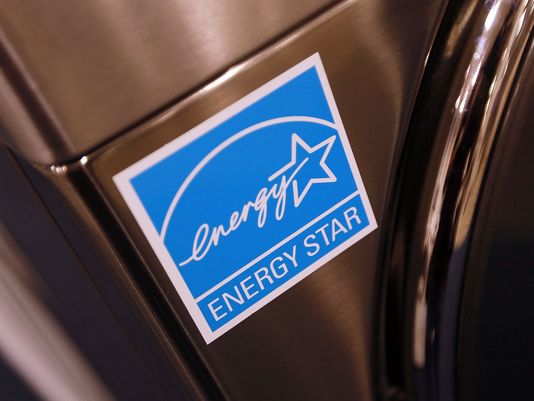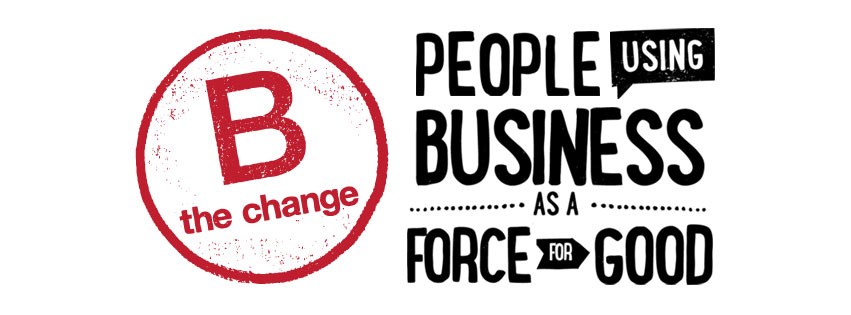Washing Away the Green of Certifications
To the average consumer, certifications can help them make a decision about whether or not a product is environmentally friendly or not. But with so many certifications these days, skeptical consumers worry about which certifications actually mean something and which ones companies are just slapping on their products to appear green. This brings up the topic of greenwashing. A study done by TerraChoice Environmental Marketing showed that 98% of products surveyed had committed at least one sin of greenwashing; thus a new sin was created, the Sin of Worshipping False Labels. Due to the demand for third party certification, marketers have started to create fake labels or false suggestions of third party endorsement.
How can the average consumer know if a label is fake? Now almost all products of some categories have some kind of certification. Take the Energy Star eco-label for appliances. Almost all appliances are Energy Star certified because the standards have become so easy to achieve. It has gotten to the point where having an Energy Star certification is the new baseline standard. 
If most products are certified by some eco-label, then how can the average consumer tell if a product is environmentally friendly? Well some eco-labels such as LEED certification and BOMA Best for the real estate industry have different levels of achievement. Thus the level a building can achieve (i.e. Bronze, Silver, Gold, Platinum) depends on certain criteria. Therefore by adding levels of achievement stages, a consumer can see how green the building actually is.
Other certifications have very strict requirements that companies need to meet in order to be certified. This way only the most environmentally friendly companies are awarded this certification. To be certified as a B-Corp, companies must go through a fairly rigorous process. The interesting thing about B-Corporations is that companies have formed a community and help each other achieve a better score. In a way these companies are sharing their secrets to success of being an environmentally friendly company. If companies can all work together to reduce their environmental impact, hopefully we can soon reduce our global emissions. What do you think is the best way consumers can differentiate between eco-labels and greenwashing?

I wrote a blog post about this! In it, I listed my favourite certifications I believe truly mean something but it took me a lot of research to get to that point. As you mentioned, it has become incredibly different to weed out the good certifications from the not so good. I love the tiered approach of LEED. There is also a Cradle to Cradle certification that uses the same approach but for everyday products. A tiered system, along with difficult to reach higher tiers, allows a company to strive for continuous improvement. It is crazy how common greenwashing has become. I remember reading a news story in which Clorox were sued for greenwashing their Greenworks line. I think this is a good approach to take to combat greenwashing. Sue them all!